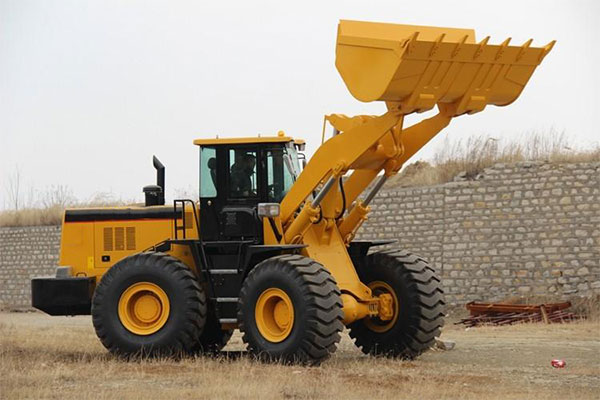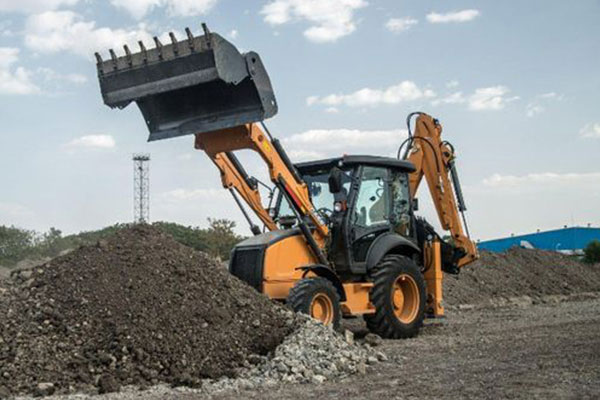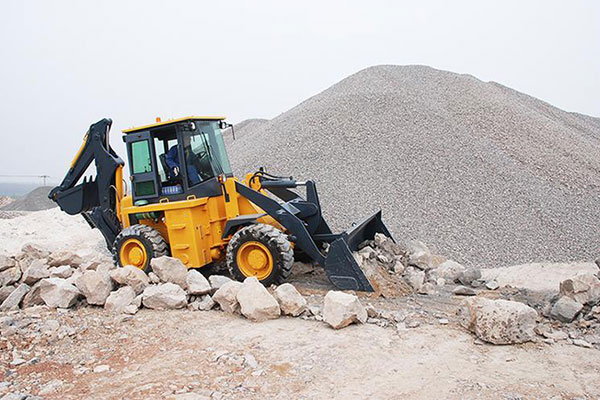How Does a Backhoe Loader Work?
Backhoe loaders are versatile and powerful machines that play a crucial role in construction, agriculture, and various other industries. Combining the capabilities of a tractor, a loader, and a backhoe, these machines are indispensable for digging, trenching, loading, and more. In this article, we’ll delve into the inner workings of a backhoe loader, exploring the mechanics that make it a multifunctional powerhouse.

Understanding the Components:
1. Tractor Component:
- The backhoe loader’s foundation is a robust tractor, providing stability and mobility. The tractor component houses the engine, transmission system, and operator’s cabin.
- The engine powers the entire machine, generating the necessary horsepower to handle various tasks. Modern backhoe loaders often feature diesel engines for their efficiency and durability.
2. Loader Component:
- Positioned on the front end of the machine, the loader is equipped with a large bucket. This component is responsible for lifting, transporting, and dumping materials such as soil, gravel, or debris.
- The loader’s hydraulic system enables precise control over the bucket, allowing operators to scoop, lift, and maneuver materials with ease.
3. Backhoe Component:
- The backhoe is situated on the rear of the machine and is designed for digging, trenching, and excavation. It consists of a boom, dipper, and bucket.
- The boom is responsible for the vertical movement of the backhoe, while the dipper allows for horizontal extension. The bucket at the end of the dipper is used for digging and scooping materials.



Mechanics in Action:
1. Hydraulic System:
- The heart of a backhoe loader’s operation lies in its hydraulic system. Hydraulics play a pivotal role in powering the loader and backhoe components, enabling precise and efficient movement.
- Hydraulic cylinders control the movement of the loader and backhoe arms, providing the force required for digging, lifting, and tilting. The hydraulic pump, typically powered by the engine, ensures a steady flow of hydraulic fluid to these cylinders.
2. Steering and Mobility:
- Backhoe loaders are designed for exceptional maneuverability. The steering mechanism allows operators to navigate tight spaces and handle complex tasks with ease.
- Some models feature four-wheel drive for enhanced traction, ensuring optimal performance on a variety of terrains.
Conclusion:
The backhoe loader’s functionality is a result of the seamless integration of various components, including the tractor, loader, backhoe, and hydraulic system. The powerful synergy of these elements empowers operators to tackle a wide range of tasks efficiently. Whether it’s digging trenches, loading materials, or performing excavation work, the backhoe loader stands as a testament to modern engineering, making it an invaluable asset in the world of construction and beyond.

